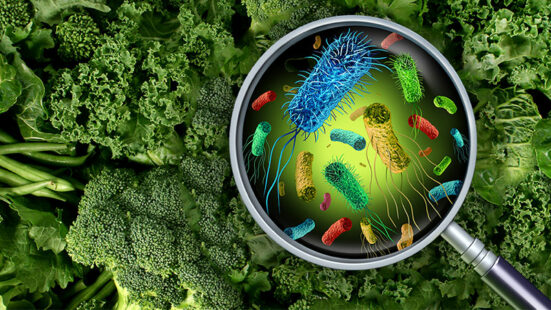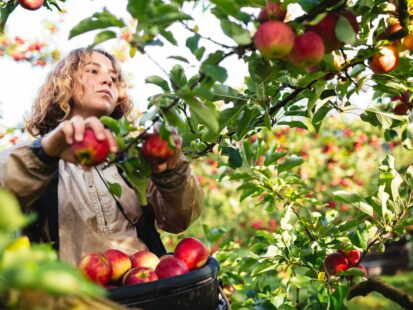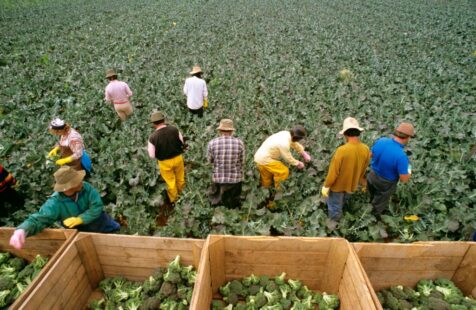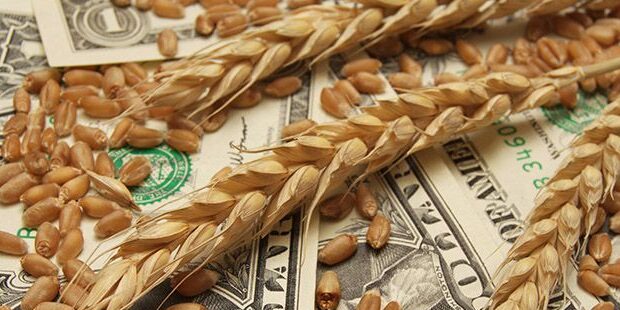
Researchers are now starting to trail the effectiveness of the mouse baits. It is in collaboration with both farmers and baits suppliers. In fact, approximately three research papers were prepared and are soon to be peer-reviewed. After being approved, these papers will be published in scientific journals in an attempt to control further mouse plagues or infestations. The main reason for the delay in publishing is the severity of the mouse plague situation. Infestations were not being properly controlled by the authorities due to a lack of resources and knowledge on mouse baits.
Moreover, in other situations, the mouse bait information would quickly be gathered, examined and then published immediately. However, due to the extreme nature of the current situation, mainly the rising mouse numbers, there was an inevitable delay in the publishing process and the creation of mouse baits. After meeting and communicating with bait producers, Grain Producers Australia, the Australian Pesticides and Veterinary Medicines Authority, and the Grains Research and Development Corporation.
As a result of the findings, GPA went on to form an agreement with mouse bait producers and an application was submitted to the APVMA for an emergency use permit to produce mouse bait with zinc phosphide at a higher dose of 50g/kg. This grant was permitted in April and will continue to be valid till 31st October 2022. Currently, in response to demand from farmers, ACTA has made and supplied several hundred tonnes of the mouse bait at the increased active chemical rate.
The correct procedure for zinc phosphide is utilizing doses in mouse bait that are suspended in vegetable oil and put directly into the stomach of the mice. This is because studies have shown that mice were less sensitive to zinc phosphide than was reported in the work that was done in the USA in the 1980s. Therefore, a new battle is against the mice plague is successfully started.

When one imagines a farmer in australia or an agricultural corporate leader, chances are that the picture is that of a man. This is because the majority of people around boardroom table in agriculture are still men, as is the typical stereotype of a farmer. This makes sense as up until 1994, where women were […]
Read More →
WHEAT: THE SUPER GRAIN OF AUSTRALIA When it comes to harvesting grains, wheat is a major winter crop grown in Australia. The sowing commences in autumn and the harvesting is based on the climatic conditions of the season. According to a general rule of thumb, wheat is harvested during spring and summer. Some of the […]
Read More →
It cannot be denied that Australia is one of the world’s largest exporters. Therefore, the nation is now set to witness a second-consecutive year of strong wheat exports. Even though there are government interventions and production cuts, Australia has still managed to sustain its exports. At the current moment, the country is forecasted to produce […]
Read More →